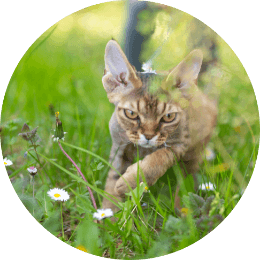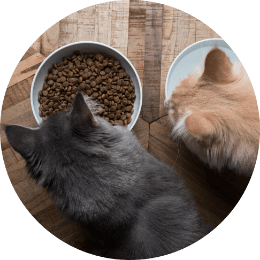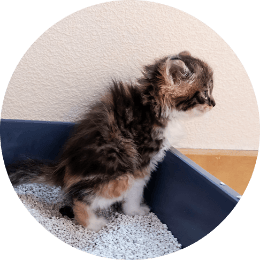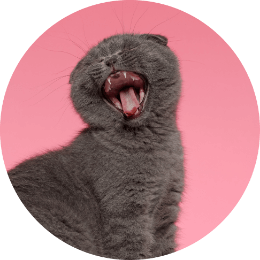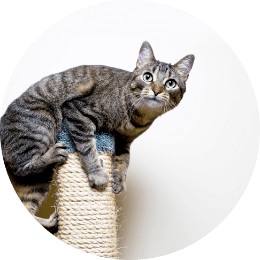
Answer: Here's a quick checklist for you to go through to ensure scratching posts meet a cat's needs. Post should be tall, sturdy, covered in a rough material (such as sisal) and, here's the one many people forget about: posts should be placed in convenient locations where a cat likes to scratch. Look at where your cat is currently scratching and add a scratching post there. If it's near the sofa, cover the sofa with something smooth and place the post right next to it. For carpet scratching, it may mean your cat also enjoys horizontal scratching so in that case I would suggest getting a couple corrugated cardboard scratch pads to place over the spots he currently targets.
If you are feeling crafty, you can even make your own cat scratching post or other feline furniture.

